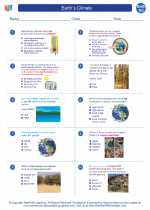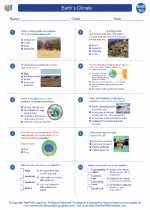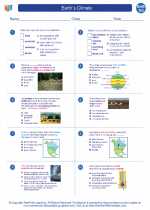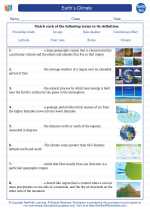Magma: Definition and Composition
Magma is a molten or semi-molten rock substance found beneath the Earth's surface. It is formed by the melting of rocks in the Earth's mantle and crust. Magma is composed of three main components: liquid rock, solid mineral crystals, and dissolved gases.
Formation of Magma
Magma is formed through the process of partial melting of rocks in the Earth's mantle and crust. This can occur due to the increase in temperature, decrease in pressure, or addition of volatiles such as water and carbon dioxide.
Types of Magma
There are different types of magma based on their composition and behavior. The two main types are:
- Basaltic Magma: This type of magma is low in silica content and is characterized by low viscosity. It often leads to effusive eruptions and the formation of shield volcanoes.
- Andesitic/Rhyolitic Magma: These magmas have higher silica content and are associated with explosive eruptions, leading to the formation of stratovolcanoes.
Magma Chamber
When magma accumulates in underground reservoirs, it forms a magma chamber. These chambers can vary in size and are the source of volcanic eruptions. As the pressure builds up, magma can eventually erupt onto the Earth's surface.
Volcanic Activity
The movement of magma towards the Earth's surface results in volcanic activity. This can include eruptions, lava flows, and the formation of volcanic landforms such as volcanoes, calderas, and lava plateaus.
Study Guide
Here are some key points to remember when studying magma:
- Understand the process of magma formation and the factors that contribute to its generation.
- Be able to differentiate between the different types of magma and their associated volcanic behaviors.
- Study the characteristics of magma chambers and their role in volcanic activity.
- Learn about the various volcanic landforms that result from the movement and eruption of magma.
- Understand the importance of magma in the Earth's geologic processes and its impact on the environment.
By understanding the composition, formation, and behavior of magma, you can gain a deeper insight into the dynamic processes that shape the Earth's surface and contribute to the formation of volcanic landscapes.
.◂Earth Science Worksheets and Study Guides High School. Earth`s Climate

 Worksheet/Answer key
Worksheet/Answer key
 Worksheet/Answer key
Worksheet/Answer key
 Vocabulary/Answer key
Vocabulary/Answer key
 Vocabulary/Answer key
Vocabulary/Answer key
 Vocabulary/Answer key
Vocabulary/Answer key
